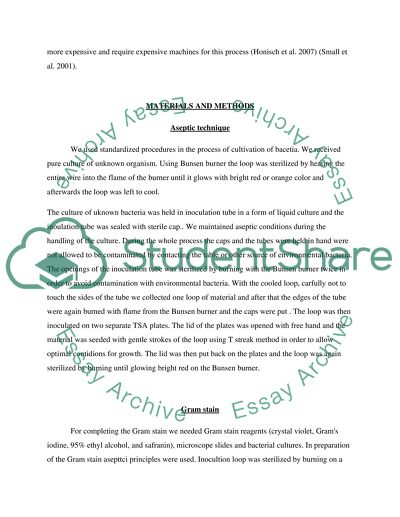Cite this document
(“Isolation and identification of unknown bacteria Lab Report”, n.d.)
Retrieved from https://studentshare.org/biology/1429583-isolation-and-identification-of-unknown-bacteria
Retrieved from https://studentshare.org/biology/1429583-isolation-and-identification-of-unknown-bacteria
(Isolation and Identification of Unknown Bacteria Lab Report)
https://studentshare.org/biology/1429583-isolation-and-identification-of-unknown-bacteria.
https://studentshare.org/biology/1429583-isolation-and-identification-of-unknown-bacteria.
“Isolation and Identification of Unknown Bacteria Lab Report”, n.d. https://studentshare.org/biology/1429583-isolation-and-identification-of-unknown-bacteria.


